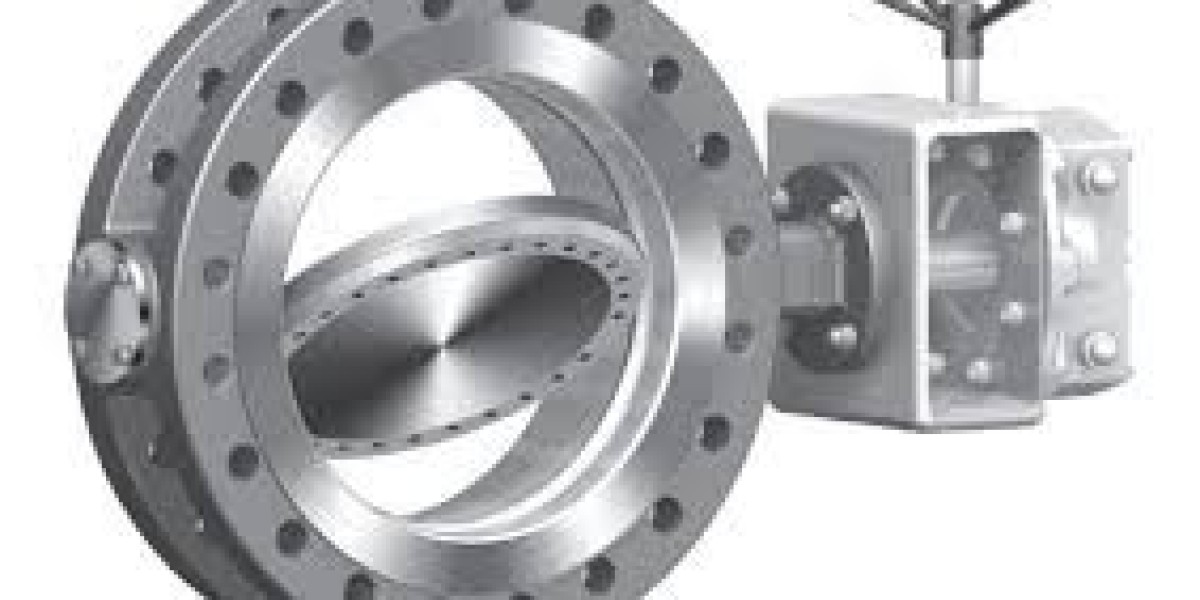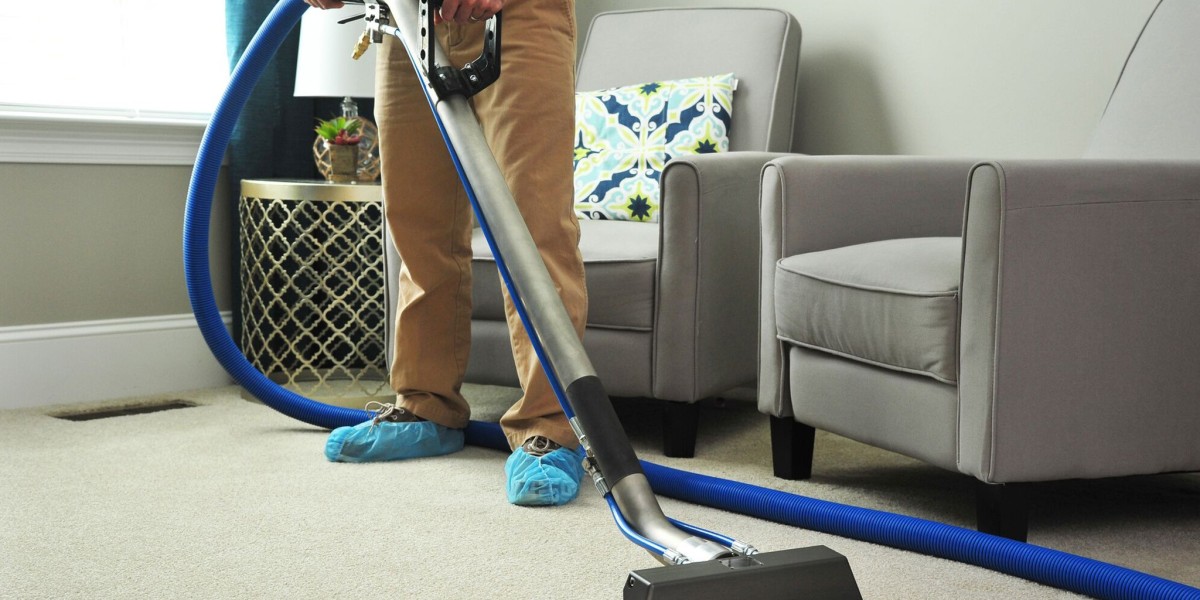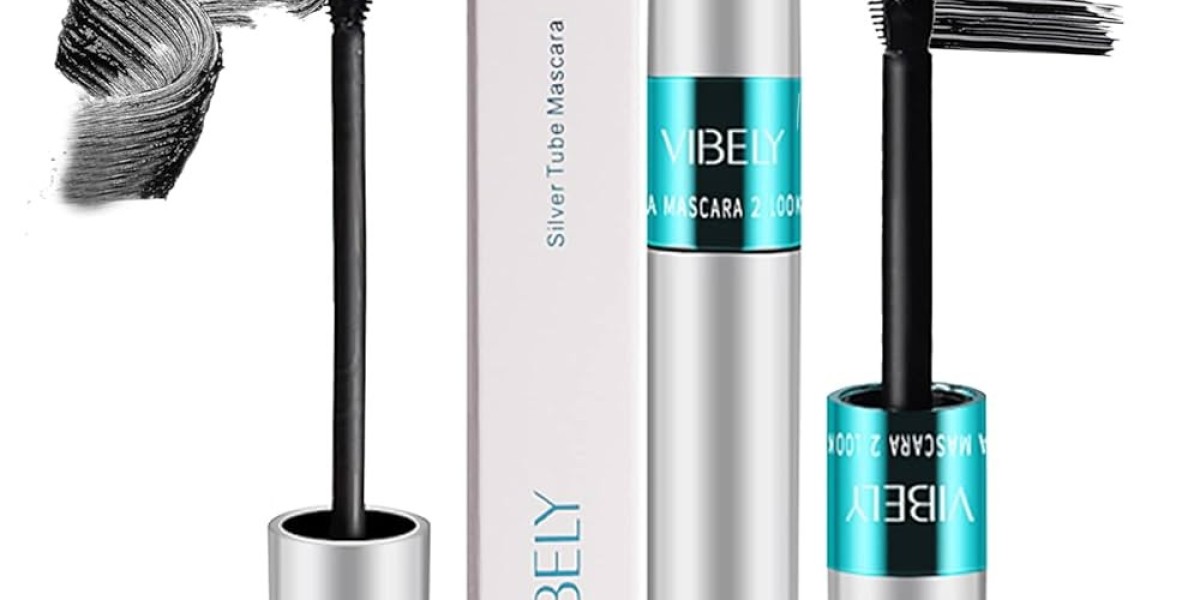In the high-risk, high-value world of oil and gas pipelines, valve reliability is non-negotiable. Triple offset butterfly valves (TOBVs) have emerged as a trusted solution for pipeline operators demanding precise control, absolute shutoff, and long-term performance. Designed to handle high pressure, extreme temperatures, and corrosive media, these valves offer zero-leakage assurance, making them ideal for upstream, midstream, and downstream oil and gas applications.
This article explores the design, functionality, benefits, and applications of triple offset butterfly valves in oil and gas pipelines, highlighting why they are the preferred isolation solution for critical flow control systems.
What is a Triple Offset Butterfly Valve?
A triple offset butterfly valve is a high-performance rotary valve designed to achieve zero leakage shutoff in demanding environments. It differs from conventional butterfly valves by incorporating three offsets:
First Offset – The shaft is placed behind the centerline of the disc.
Second Offset – The shaft is also offset from the centerline of the bore.
Third Offset – The sealing surfaces are machined into a conical shape, eliminating rubbing and achieving a cam-like action during operation.
This unique geometry ensures non-frictional sealing, reducing seat wear and enhancing valve life. The metal-to-metal sealing system also enables TOBVs to handle extreme conditions and aggressive media common in the oil and gas industry.
Importance in Oil & Gas Pipeline Applications
Oil and gas pipelines demand valves that can:
Handle volatile hydrocarbons at varying pressures and temperatures
Prevent product loss or leaks that can cause environmental and safety hazards
Provide tight shutoff to ensure safe and controlled pipeline operations
Withstand corrosive environments, especially offshore and sour gas services
Triple offset butterfly valves meet all these requirements by offering robust sealing performance, corrosion resistance, and minimal maintenance, even under continuous operation.
Key Benefits of Triple Offset Butterfly Valves in Pipelines
1. Zero Leakage (API 598 / ISO 5208 Class A)
The primary benefit is bubble-tight sealing, even in high-pressure and high-temperature service. This is crucial in preventing hazardous leaks, product loss, or unplanned shutdowns in oil and gas pipelines.
2. Fire-Safe Design
Most TOBVs are tested per API 607 / ISO 10497 fire-safe standards. In the event of a fire, the metal-to-metal sealing remains effective, ensuring continued shutoff and containment of flammable gases or liquids.
3. Suitable for Bi-directional Flow
Unlike many valves that work well in only one direction, triple offset butterfly valves provide reliable bi-directional sealing, offering flexibility in pipeline design and installation.
4. Low Torque Operation
The geometry eliminates friction between the disc and seat during opening and closing, reducing operating torque and enabling the use of smaller actuators — a cost-saving advantage.
5. Long Service Life
Reduced wear on sealing surfaces results in fewer maintenance requirements and extended service intervals. This translates to lower total cost of ownership over the valve’s lifespan.
6. Compact & Lightweight
Compared to gate and globe valves, TOBVs are more compact and lighter, making them ideal for offshore platforms, FPSOs, and buried pipeline systems where space and weight matter.
Materials & Construction for Oil & Gas Conditions
In oil and gas environments, material selection is critical. Triple offset butterfly valves for pipelines are constructed using:
Body Materials: Carbon steel (WCB), stainless steel, duplex/super duplex, Inconel, or Hastelloy
Disc & Seat: Stellite overlay, Inconel, Monel, or tungsten carbide coatings for abrasion and corrosion resistance
Gaskets & Seals: Graphite or metal gaskets for high-temperature and fire-safe operation
The choice of material depends on fluid characteristics (sweet or sour gas, crude oil, natural gas, etc.), pressure class, temperature range, and service environment (onshore or offshore).
Actuation Options
Triple offset butterfly valves can be operated manually or automatically. In pipeline applications, automation is preferred due to remote operation and safety requirements:
Pneumatic Actuators: Fast and reliable, ideal for emergency shutdown (ESD) systems
Electric Actuators: Used in remote or unmanned stations with power availability
Hydraulic Actuators: Common in subsea and high-force applications
Actuators are often integrated with control systems, positioners, or limit switches to enable remote monitoring and control.
Common Applications in Oil & Gas Pipelines
1. Mainline Isolation Valves
Installed at regular intervals along pipelines to shut off flow during maintenance or emergencies.
2. Block Valves in Pump and Compressor Stations
Ensures safe isolation of pumping equipment for repair or service.
3. Pig Launching/Receiving Stations
Isolates sections during pigging operations, critical in pipeline cleaning and inspection.
4. Metering Stations and Terminals
Provides reliable shutoff in custody transfer or terminal loading systems.
5. Offshore Platforms
Compact size and corrosion-resistant materials make TOBVs ideal for topside and subsea applications.
Compliance & Standards
For oil and gas pipeline use, TOBVs must comply with international standards:
API 609 – For design and performance of butterfly valves
API 598 / ISO 5208 – For valve testing (leakage, shell, seat)
API 607 / ISO 10497 – Fire testing for valve assemblies
NACE MR0175 / ISO 15156 – Material compatibility with sour service
Conclusion
Triple offset butterfly valves offer a technically superior solution for isolation and control in oil and gas pipelines. Their zero leakage performance, fire-safe design, and long service life make them a trusted choice in one of the world’s most demanding industries.
By ensuring maximum sealing integrity, safety, and operational efficiency, TOBVs not only protect assets but also contribute to safer, cleaner, and more reliable energy transportation.








